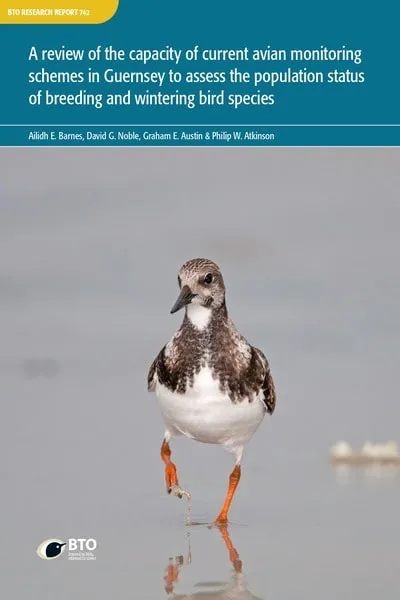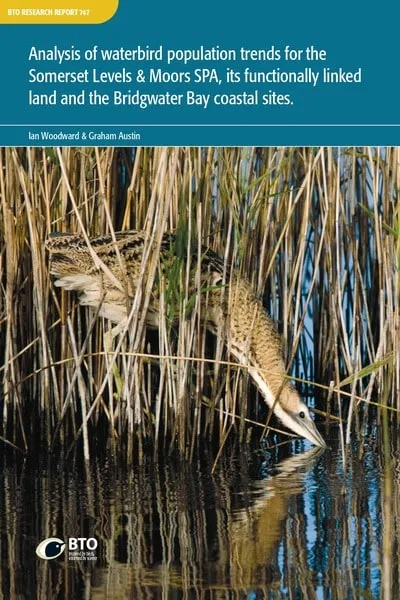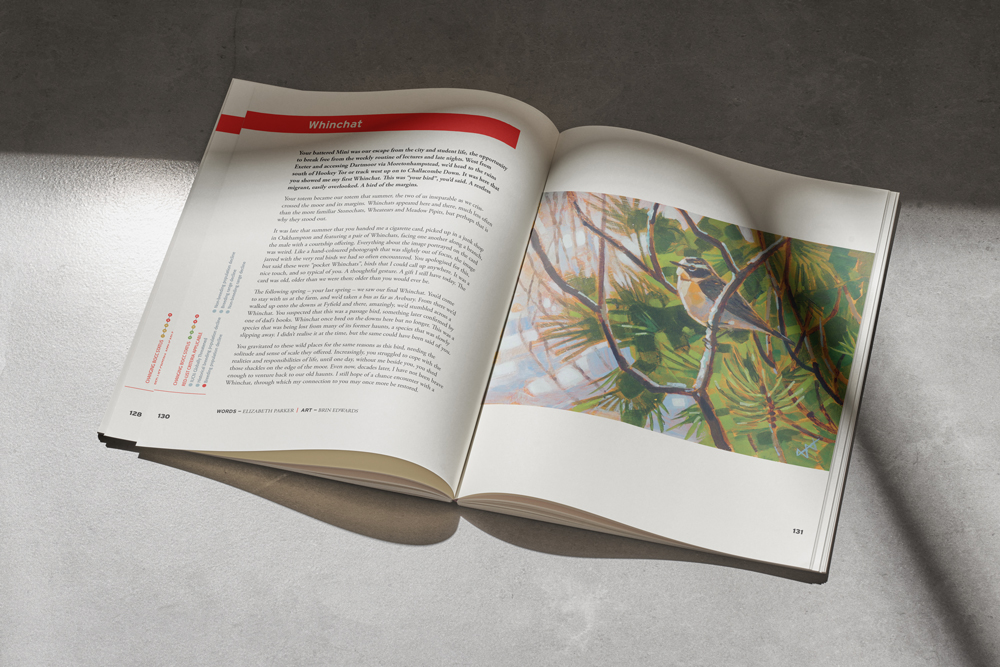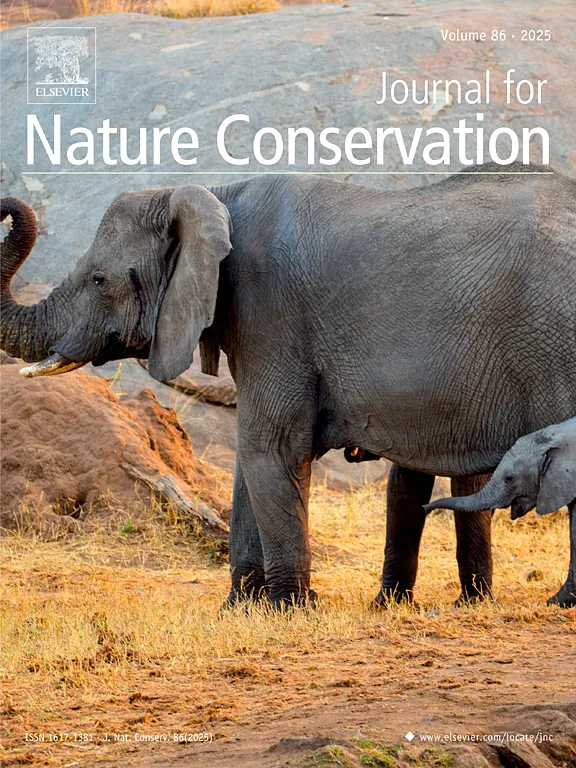BTO create and publish a variety of important articles, papers, journals and other publications, independently and with our partners, for organisations, government and the private sector. Some of our publications (books, guides and atlases) are also available to buy in our online shop.
Annual report of the Seabird Monitoring Programme
Seabird Population Trends and Causes of Change: 1986–2023
This report presents the latest seabird population trends in breeding abundance and productivity using data from the Seabird Monitoring Programme (SMP).
The report documents changes in the abundance and productivity of breeding seabird species in Britain and Ireland from 1986 to 2023, and provides a detailed account of the 2021, 2022 and 2023 breeding seasons.

Search settings
A review of the capacity of current avian monitoring schemes in Guernsey to assess the population status of breeding and wintering bird species.
Author: Barnes, A., Noble D., Austin, G. & Atkinson, P.W.
Published: 2022
03.11.22
Reports

Trade-offs between the natural environment and recreational infrastructure: a case study about peatlands under different management scenarios
Author: Martino, S., Kenter, J.O., Albers, N., Whittingham, M.J., Young, D.M., Pearce-Higgins, J.W., Martin-Ortega, J., Glenk, K. & Reed, M.S.
Published: 2022
Land use policy seeks to manage benefits for different groups within society by balancing competing interests. These benefits could be the delivery of food through agriculture or the provision of recreational opportunities; they may also be less tangible things, such as carbon storage or flood mitigation. An important component of balancing these competing interests is to understand their relative importance to different parts of society, something that is addressed through this collaborative paper including BTO, which uses peatland restoration as an example.
01.11.22
Papers

Analysis of waterbird population trends for the Somerset Levels & Moors SPA, its functionally linked land and the Bridgwater Bay coastal sites.
Author: Woodward, I. & Austin, G.
Published: 2022
30.10.22
Reports

Into the Red
Author: Jewitt, K. & Toms, M.
Published: 2022
Into the Red is a collaboration between 70 authors and 70 artists with a single goal: to raise funds to support conservation work aiming to reverse the declines of our most at-risk birds.Contributors include Nick Hayes, M.G. Leonard, Isabella Tree, Richard Mabey, Amir Khan, David Gray, Jim Moir, Harriet Mead, Brigit Strawbridge, Mackenzie Crook, Megan McCubbin, and many others.
04.10.22
Books and guides Book

Modelling important areas for breeding waders as a tool to target conservation and minimise conflicts with land use change
Author: Calladine, J., Border, J., O’Connell, P. & Wilson, M.
Published: 2022
The future of Britain’s breeding wader populations depends on land use policy and local management decisions, both of which require robust evidence and appropriate tools if they are to support the conservation of these priority species. One of the biggest challenges has been the geographical scale at which national data on wader abundance and distribution are available. These data are coarse in their resolution, making them poorly suited to directing conservation initiatives or informing land management decisions at a local scale. But can a statistical approach produce high-resolution maps of predicted wader abundance that are sufficiently accurate to be used for decision-making?
27.09.22
Papers
